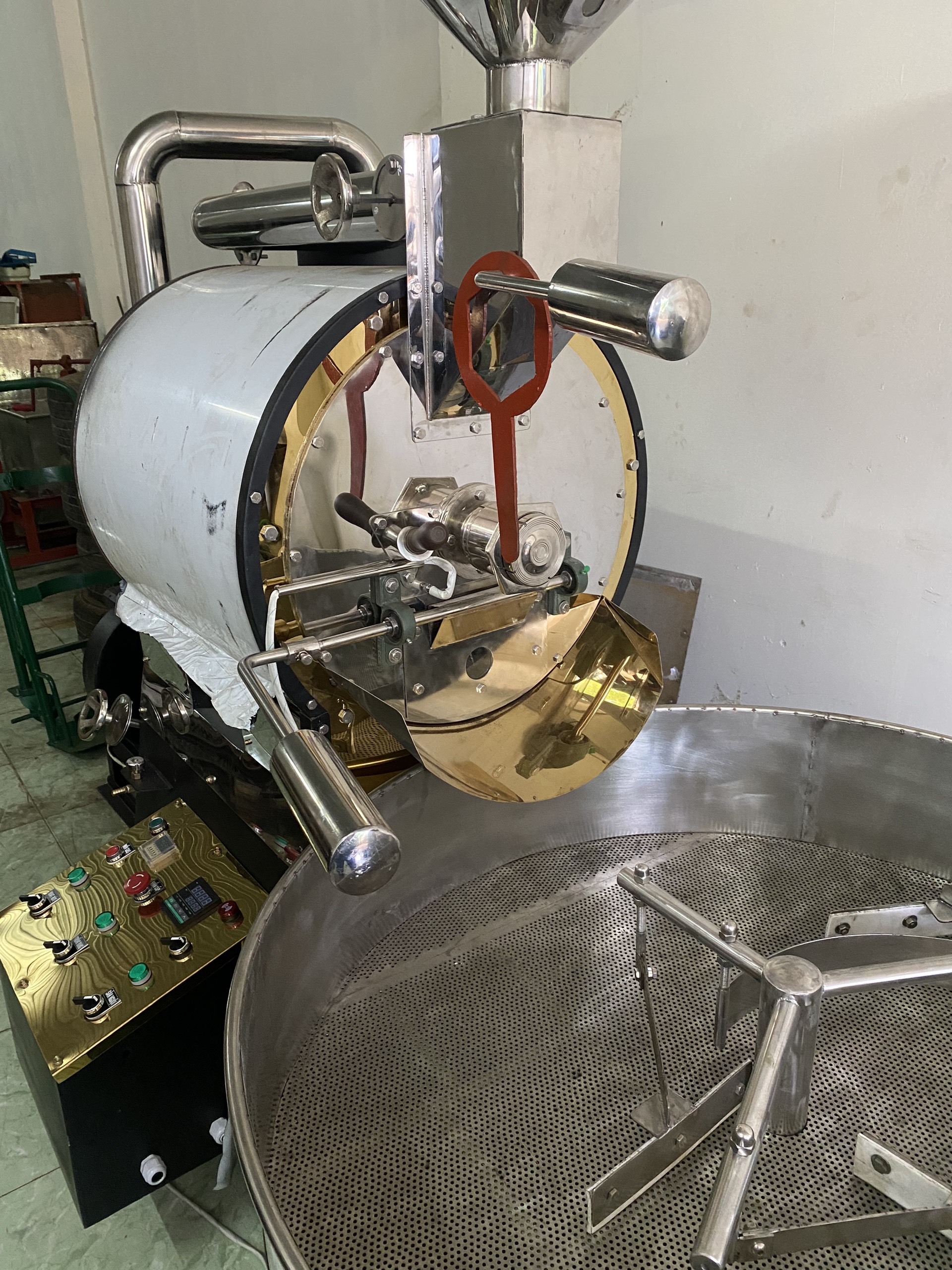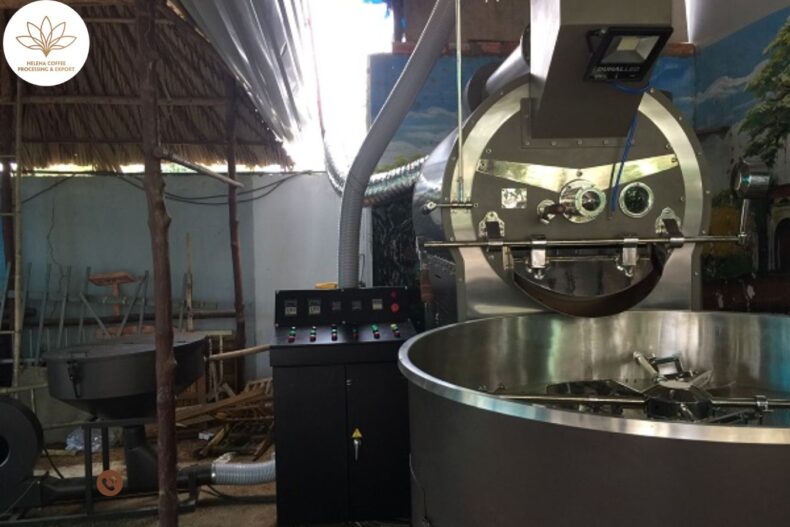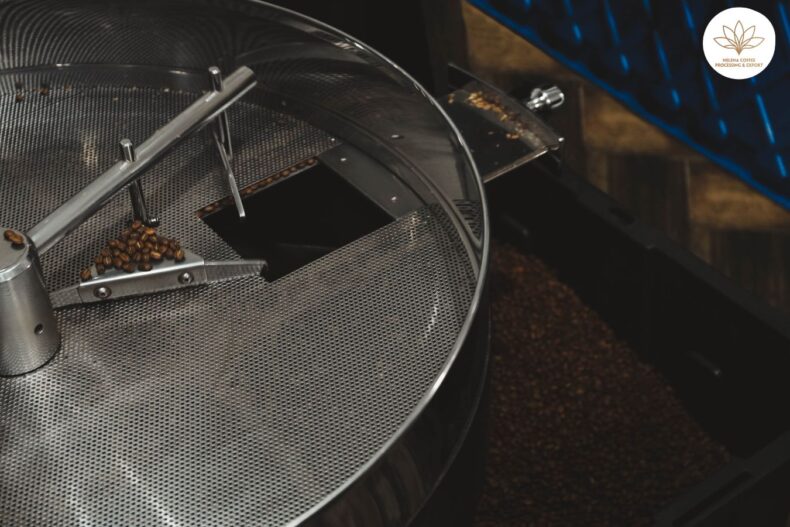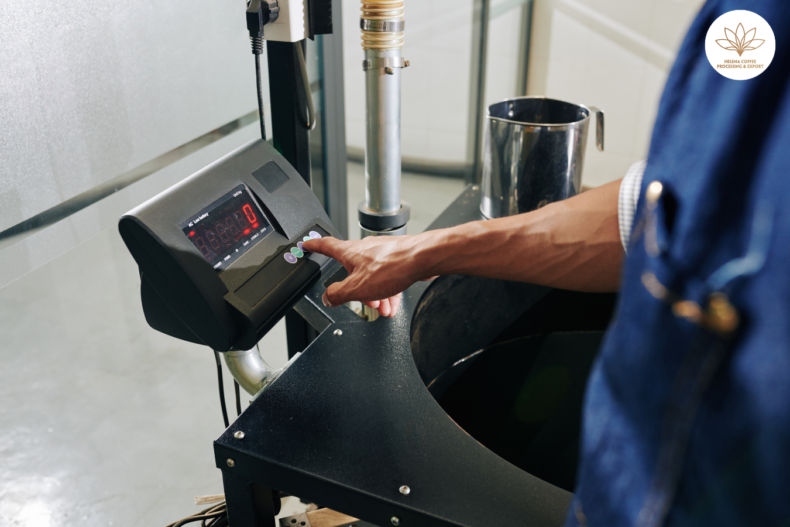
How To Use A Coffee Roaster: In addition to the quality of the coffee roaster, the method used by the person who directly conducts the roasting also greatly determines the quality of the coffee beans after roasting. How to use a roaster to roast coffee properly?
Simply starting the machine and putting green coffee in is done, but the roasting process requires meticulousness, experience, and sophistication. The way to use the coffee roaster of each roaster will be different and produce batches of coffee with other quality. If you do not know how to use a coffee roaster proficiently, refer to this article.
How to start the roaster
The first batch of roasting machines day is often difficult to guarantee the quality. The following roasts of the day are always better quality, uniform, and delicious than the first roast.
We usually have to start the roaster to the standard temperature, then release the heat to the average temperature or lower for about 15-30 minutes before roasting the first batch to help ensure the first batch of roasts. Guarantee and more stable in quality. So what is the right way to start the roaster?
– Set the heat flow to medium for the roasting process.
– Set gas to medium, large heat the machine until the coffee bean temperature meter is 28oC higher than the standard temperature for green coffee in the oven.
– Discharge heat within 20 minutes when the temperature reaches the standard level
– Reduce gas to reduce temperature gradually
– When the heat meter reaches roasting temperature, release the heat for 10 minutes.
– Put green coffee into the machine
– Roast the first batch, adjust the gas, and heat the same as for the following batches
– Compare the quality of roasts to the first batch of the day; if the first batch is faster, adjust the heat when roasting the next set and vice versa.
– Repeat these eight steps every day until the quality of the first roast is equal to the rate of the other roasts.
The middle stage of roasting
The middle stage of the roasting process is just as important as the warm-up of the machine. Usually, the roaster seller will deliver the coffee roasting process with instructions for use when we buy the roaster, and this process will be different for different types of roasters. However, if coffee roasting is still new to you, the following method can be applied:
– Reduce the wind speed of the roaster to the lowest level
– Turn off the gas for 1 minute after finishing the roast, then adjust the gas to reach the point to start roasting
– When the temperature reaches the roasting point, drain the machine for 1 minute
– Then, put green coffee into the machine.
* Tips to stabilize the quality of coffee after roasting:
– Roast the exact weight of green coffee in batches, or save it for last if there is a different weight.
– Roast the small batch first, then roast the large batch later.
– The roaster gets hotter when roasting coffee on a dark scale, so adjust the roast later for batches that require roasting on a dark scale.
Cleaning the chimney
The coffee roasting process emits soot, coffee oil, and solid wastes after burning and roasting on walls and pipes. They form a layer that creates a layer of friction and reduces air circulation. Regularly clean the chimney to ensure air circulation and prevent the risk of fire and explosion during coffee roasting.
Cleaning must be periodically scheduled according to the production and roasting scale. If frequent dark roasting requires more chimney cleaning, the chimney should be cleaned at least after a few hundred hours of roasting.
If a separate afterburner is used, this cleaning does not need to be done as often. Regular chimney cleaning improves the quality of your roasts and helps your roaster last longer.
To master the use of a coffee roaster, no instruction is sufficient. No one instructor is enough to present to create the perfect batches of coffee. Only through experiencing your own failed roasts more and more can you accumulate experience in the experience of machine roasting.
Related Posts:


